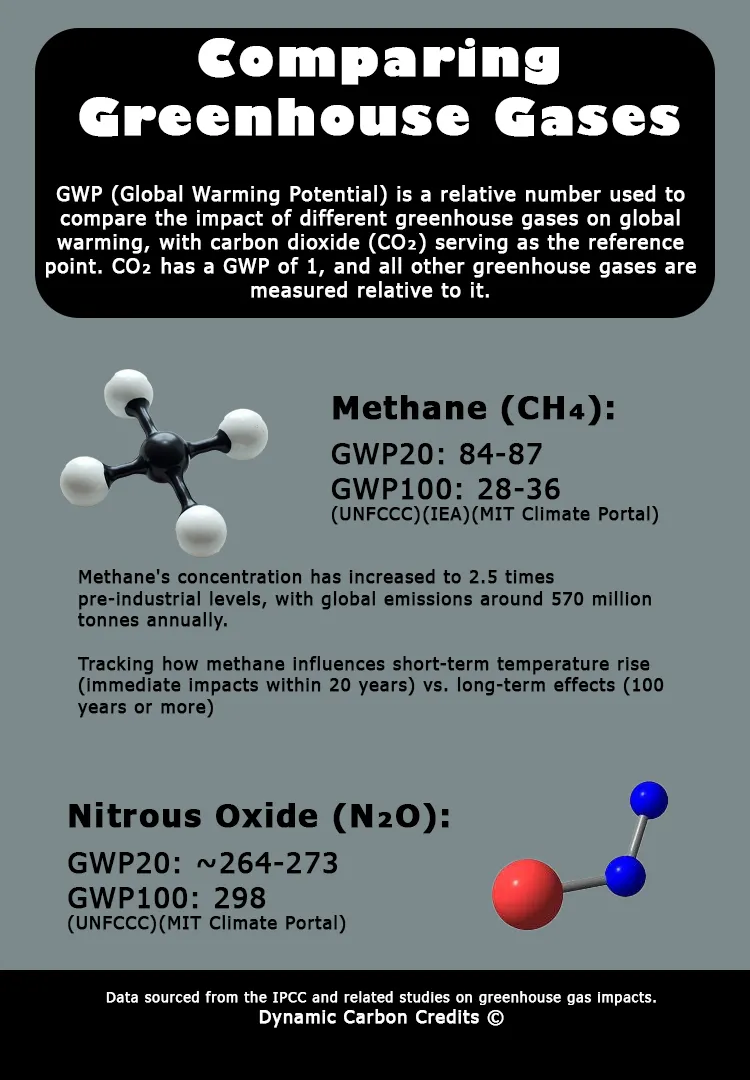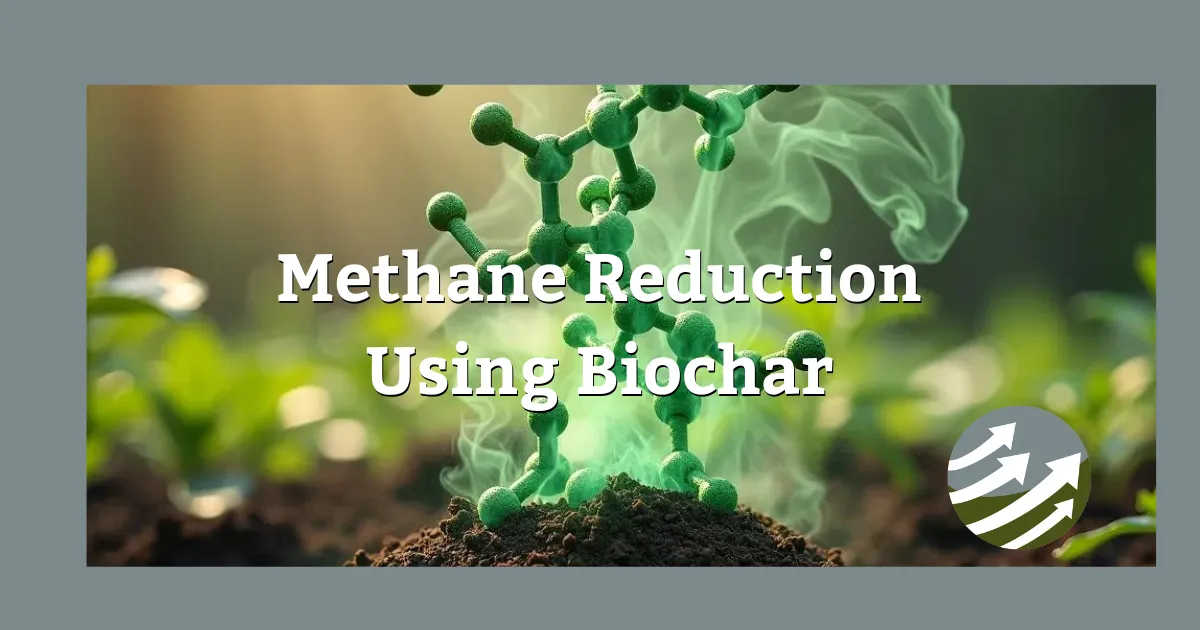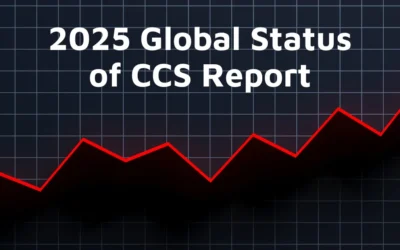
Methane, a potent greenhouse gas, has been silently contributing to the climate crisis, often overshadowed by the focus on carbon dioxide. However, the scientific community has been emphasizing the importance of methane reduction in mitigating climate change. According to the Intergovernmental Panel on Climate Change (IPCC), methane has a global warming potential (GWP) 84 times greater than CO2 over a 20-year period and 28 times greater over a 100-year period.
The Urgency of Methane Reduction
Methane’s high GWP is attributed to its ability to absorb infrared radiation more effectively than CO2. When methane is released into the atmosphere, it traps heat, contributing to the greenhouse effect. Moreover, methane has an atmospheric lifetime of about 12 years, meaning it can affect the climate on shorter timescales than CO2, which can persist in the atmosphere for hundreds to thousands of years.
“Methane reduction is crucial for immediate climate action,” states Anna Jacobs, Executive of Science at Dynamic Carbon Credits. “Targeting methane emissions can help slow the rate of warming while we work on long-term CO2 mitigation strategies.”

Methane Sources: Understanding the Problem
Methane emissions originate from various anthropogenic and natural sources. The Global Carbon Project estimates that anthropogenic sources account for about 60% of total methane emissions, with the largest contributors being:
1. Agriculture (livestock, rice cultivation)
2. Fossil fuels (coal mining, oil and gas production)
3. Waste management (landfills, wastewater treatment)
Natural sources, such as wetlands, account for the remaining 40% of emissions. As global temperatures rise due to climate change, there is concern that methane emissions from natural sources could increase, creating a feedback loop that further amplifies warming.

Biochar: A Promising Solution for Methane Reduction
Biochar, a carbon-rich material produced by heating biomass in a low-oxygen environment (pyrolysis), has emerged as a promising tool for methane reduction. Biochar’s unique properties make it effective at both adsorbing methane and promoting its biological oxidation.
Research has demonstrated that biochar can significantly reduce methane emissions from various sources. A meta-analysis by Kammann et al. (2017) found that biochar application to soil reduced methane emissions by an average of 27% across multiple studies.
“Biochar’s porous structure and high surface area allow it to physically trap methane molecules,” explains Jacobs. “Additionally, it supports the growth of methanotrophic bacteria, which consume methane and convert it into less potent compounds like CO2 and biomass.”
Dynamic Carbon Credits: Leading the Way in Methane Reduction
Dynamic Carbon Credits is at the forefront of implementing biochar solutions to combat methane emissions. The company collaborates closely with methane-emitting sectors to integrate biochar into their processes:
1. Agriculture: Incorporating biochar into livestock feed and bedding to reduce enteric emissions and manage manure.
2. Landfills: Applying biochar covers to capture methane from decomposing waste.
3. Wastewater Treatment: Using biochar filtration systems to mitigate methane emissions from treatment processes.
“By targeting methane at its source and sequestering it long-term in biochar, we’re creating a powerful tool for greenhouse gas reduction,” states Jacobs. “And by generating high-quality, third-party verified carbon offset credits, we’re providing a financial incentive for companies to invest in these solutions.”
A Call to Action for Methane Reduction
The urgency of the methane problem demands a collaborative, multi-stakeholder approach. Governments, industries, and individuals all have a role to play in reducing emissions and supporting innovative solutions like biochar.
“We invite companies to partner with Dynamic Carbon Credits to reduce their methane footprint and contribute to a more sustainable future,” says Jacobs. “By working together, we can make a meaningful impact on the climate crisis and create a better world for generations to come.”
To learn more about how your organization can reduce methane emissions, secure high-quality carbon offset credits, and support the growth of sustainable biochar projects, contact Dynamic Carbon Credits today. Let’s unite in the fight against climate change and build a more resilient future.





